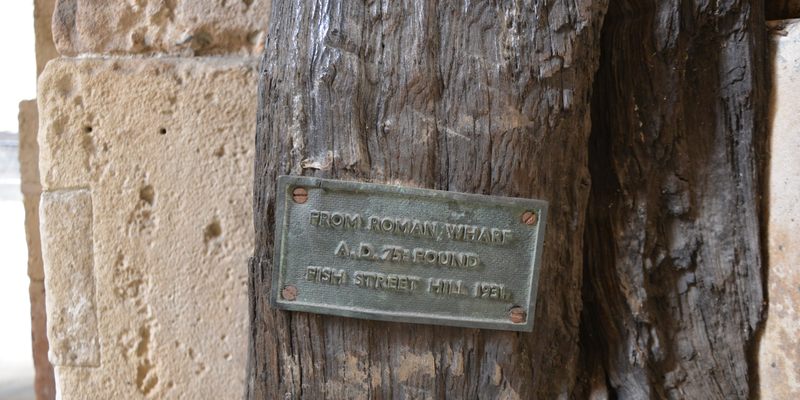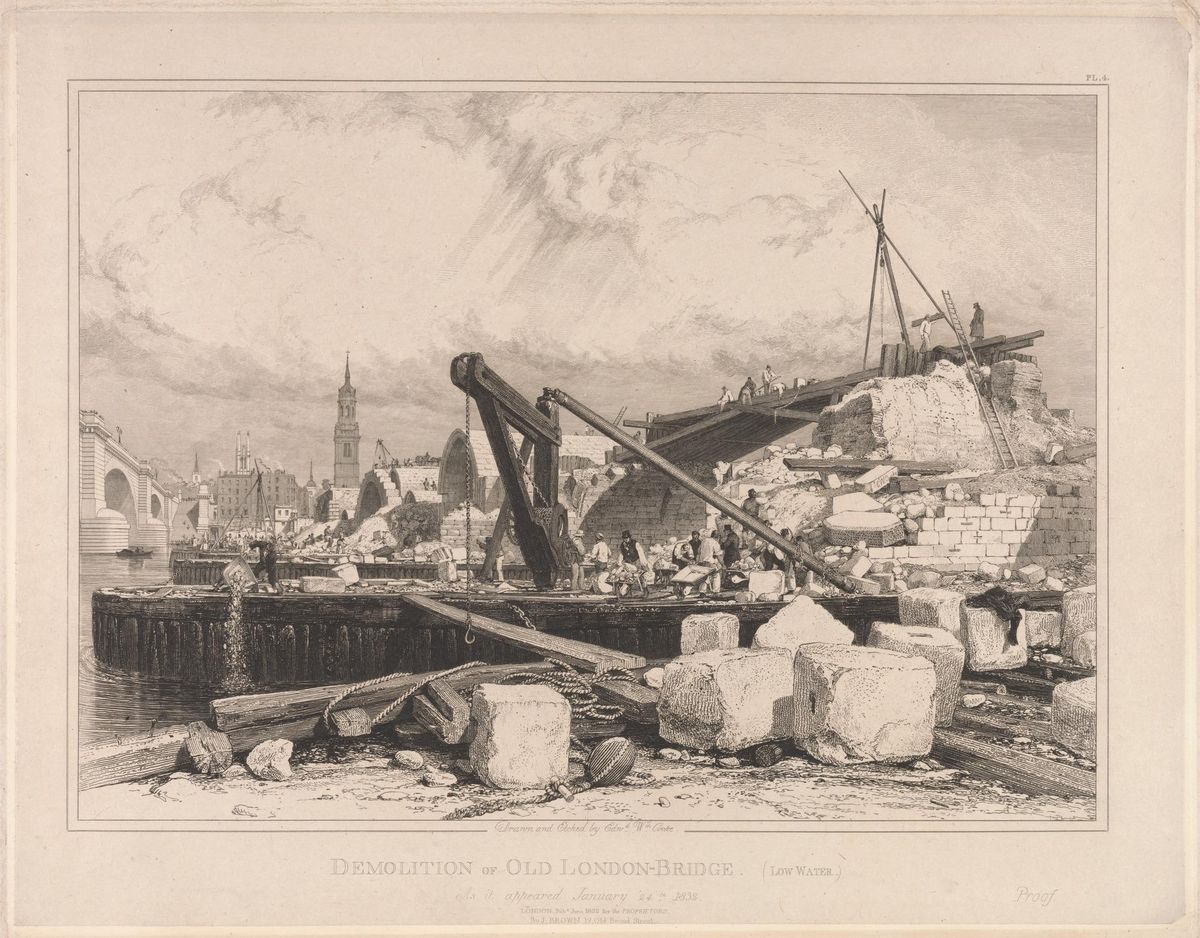About
Little remains of the medieval London bridge, save for a few artifacts and the pedestrian entrance that forms part of St. Magnus the Martyr church in London. Once the key crossing point of the Thames River, the bridge was built in 1209 to replace the original Roman crossing built in 50. It remained in use for over 600 years, before being demolished in the 19th century to provide access for river traffic.
The most famous and longstanding of London's Thames river bridges, the old London Bridge also featured shops, houses, churches, and a gatehouse. It was an iconic feature of the City of London ferrying people, goods, and livestock across the river.
By the early 19th century, the bridge was showing signs of serious wear. Even with the buildings removed, the crossing was still far too narrow to accommodate the needs of a growing city population. Additionally, the small arches that supported the bridge restricted the river traffic of ships passing underneath.
It was decided in 1799 that a new, larger bridge should be built. The new bridge was built 30 meters upstream of the old crossing, allowing use of the medieval bridge to continue until its replacement opened in 1831. With the new structure in place, the old bridge was demolished, with only a few items associated with it remaining.
The former bridge pedestrian entrance, which is built into the tower of St. Magnus the Marytr Church on Lower Thames Street, still remains. In the church courtyard, you can find some large carved stones that are remains of the Bridge from the northernmost arch. Within the tower’s archway is a large piece of timber from an old Roman wharf dating from 75. This was found on the nearby Fish Street Hill in 1931. Inside the church is a recently refurbished model of the historic London Bridge.
Stones salvaged from the bridge were used in other structures, and several of the 14 pedestrian alcoves were also relocated to other locations, including the eastern end of Victoria Park and the courtyard of Guy's Hospital.
Related Tags
Know Before You Go
The archway and courtyard can be viewed at any time from the footpath at 3 Lower Thames Street. The plaque is directly on the left inside the wrought iron gates.
St. Magnus the Martyr Parish Church also offers a virtual tour of the courtyard.
Community Contributors
Added By
Published
December 2, 2022























































